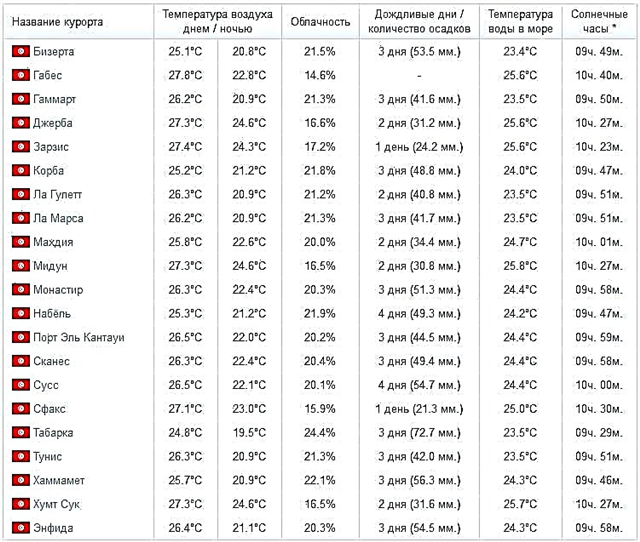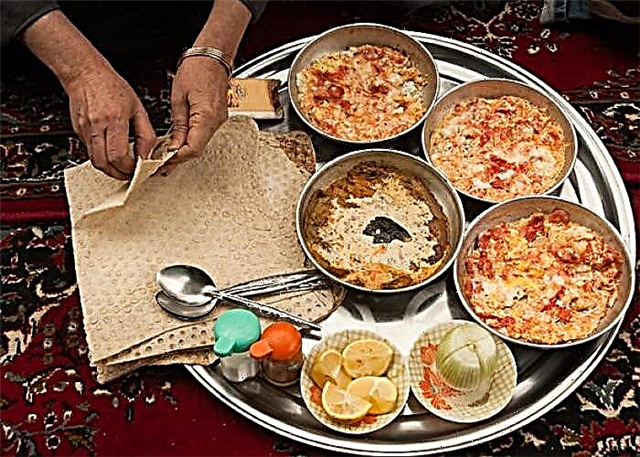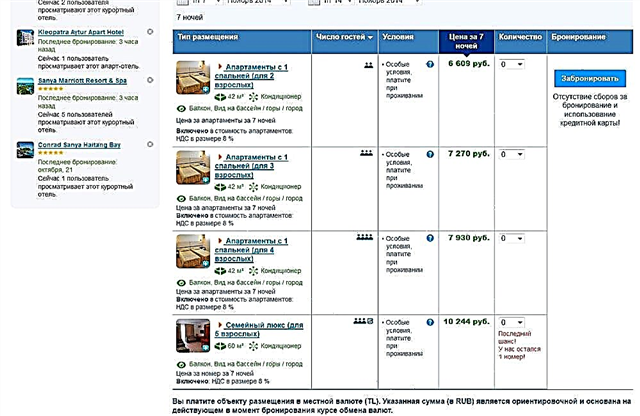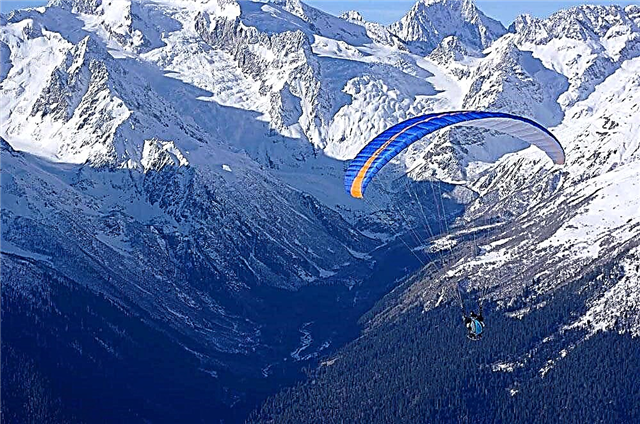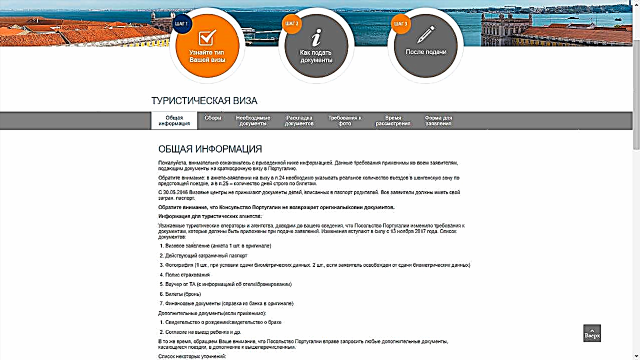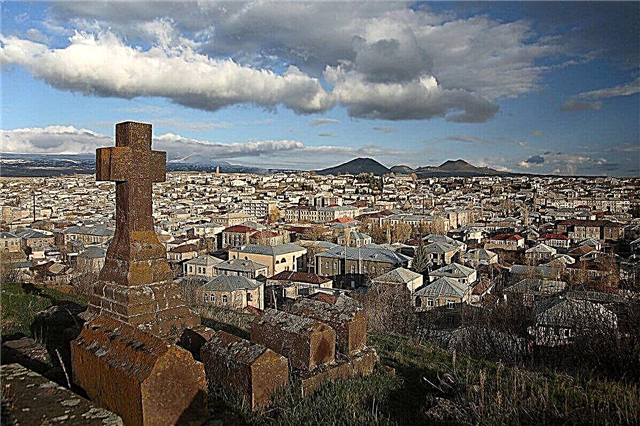In total, there are 48 cities in Armenia. Most of them are considered small in terms of population - in 45 cities the number of inhabitants does not exceed 50,000 people. More than 60% of the total urban population of Armenia lives in three large cities of the country. These cities are Yerevan, Gyumri and Vinadzor. Most of the country's cities have an ancient history of several centuries and even millennia.
The capital of Armenia, Yerevan, is several decades older than Rome. It is not surprising that the main attractions in them are the ruins of ancient buildings and rare ancient buildings that have survived to our time. Many cities have preserved their distinctive culture and traditions passed down from generation to generation. However, residents of Armenian cities are very hospitable and gladly tell travelers about their country.
The largest cities in Armenia
List of the largest cities in terms of population in the country.
Yerevan
The capital of Armenia is one of the oldest cities in the world, it was founded in 782 BC. Its architectural appearance combines modern styles and national motives. Tourism in Yerevan is actively developing - many hotels have been built according to world standards, and areas of ecological and sports tourism are emerging. The culture of the city is unique, valuable artifacts are kept in the museums of Yerevan.
Population - 1,077,600 people (2018).

Gyumri
The city has an ancient history, which is reflected in the architecture. It has preserved buildings of different styles and eras. In the 19th century, the Church of the Savior and the Church of the Holy Mother of God, the Black Fortress were built. The atmosphere of antiquity has been preserved in Old Gyumri. Its boulevards and streets are lined with elegant 18th and 19th century houses and mansions. The symbol of the city is the bronze monument "Mother Armenia".
Population - 114,500 people (2018).

Vanadzor
The name translates as "Black Church", in honor of the main attraction of the city. The old medieval church made of black stone was destroyed, but in its place in the 19th century a new one was erected - made of red and black tuff. In the vicinity of the city, the Kamakatar chapel has been preserved from the medieval era. The architecture of the city is similar to many Soviet Russian cities.
Population - 79,300 people (2018).

Vagharshapat
Located in the Ararat Valley. The city is home to the main spiritual center of Armenians - Etchmiadzin. It includes the residence of the highest clerics of the Apostolic Church of Armenia, educational religious institutions and the Cathedral, founded in 303 and included in the UNESCO heritage list. The temple and the basilica, erected in the 7th century, are noteworthy. There is a museum on the territory of the religious complex.
Population - 46 400 people (2018).

Abovyan
The first settlements of people were in this place in the Bronze Age. Several structures have remained since those times. The Church of St. Stephen on a hill in the Eran area has existed since the Middle Ages. In 1963 the modern city was founded. The city got its name in honor of the writer and ethnographer Khachautr Abovyan. There is a balneological resort near the city in the Hrazdan gorge.
Population - 44 600 people (2018).

Kapan
The first mention of the city dates back to the 5th century. Monuments to the legendary heroes of the region - David-Bek and Garegin Nzhdeh - have been erected in the city. Kapan is located in a picturesque place - the valley of the Voghji river, next to the high mountain Khustup. At the foot of the mountain there is a memorial complex and a modern church built of pink tuff. The city has local history and archaeological museums.
Population - 42,500 people (2018).

Hrazdan
A small town that has its own cultural and historical significance. The Makravank monastery complex has existed in the city for several centuries. It includes several religious buildings, among which the church of St. Mother of God and a cemetery with stone khachkars. The most powerful thermal power plant in the country is located near the city; a large reservoir is located within the city.
Population - 40 400 people (2016).

Armavir
The modern city was founded in 1931. However, archaeological excavations confirm that the first settlements on this site appeared in the 8th century BC. Their ruins have survived to the present day. In those days, ancient Armavir was the capital of the Armenian kingdom. The 7th century Zvartnots temple and several churches have survived from the ancient objects. There are interesting natural places around the city.
Population - 28,200 people (2018).

Masis
Located on the banks of the Hrazdan River in the Ararat Valley. The silhouette of the main mountain of Armenia, Ararat, is perfectly visible from Masis, in honor of which the city got its name. After all, Masis is the Armenian name for the famous mountain. The city is surrounded by agricultural land and there are many green spaces in Masis itself. The industrial part of the city is located separately from residential areas.
Population - 20,500 people (2018).

Charentsavan
Located on the bank of the Hrazdan River. Initially, the city was founded as a small working village at a hydroelectric power station. By 1697, the settlement had grown significantly and received the status of a city. Now there are several industrial enterprises operating in it. In Charentsavan there is a small but beautiful park, a stadium, several monuments to the national heroes of Armenia, the Church of the Holy Savior.
Population - 20,500 people (2018).

Ijevan
Located in the picturesque valley of the Aghstev river. Calm in the summer, the mountain river changes during floods and downpours. Several times the city suffered from floods, when the waters of the river tore out the pillars of the bridges and carried rocky boulders through the city. Unique and rare plants grow in the arboretum of the city. It is decorated with works of famous sculptors of the Soviet Union times.
Population - 20,500 people (2018).

Ararat
Located at the foot of the mountain of the same name. It is a large industrial center of the country. The city has two cement plants, an enterprise for the production of building materials, an asbestos-slate plant, and a gold-bearing ore processing factory. The presence of a large number of heavy industry enterprises greatly degrades the ecology of the city, which attracts the attention of ecologists around the world.
Population - 20 400 people (2018).

Goris
Located in a picturesque area among the mountains. It is remarkable for the complex of mountain caves, which were used by the ancient inhabitants as dwellings. Natural stone formations - outliers are also interesting. Under prolonged exposure to the wind, stone figures acquire amazing shapes. Among the man-made objects, it is worth visiting the Sisavan Church of the 12th century with multi-colored frescoes.
Population - 20 400 people (2018).

Artashat
A major agricultural city in the country. It is surrounded on almost all sides by vineyards, green spaces and orchards. From the 2nd century BC, from the reign of King Artashes, the remains of fortifications have been preserved. Among the ancient buildings there is a pagan temple built in honor of the sun god Mihru. A bathhouse with rooms covered with mosaics has been preserved from public buildings.
Population - 19 800 people (2018).

Sevan
Another resort town in Armenia. Located high in the mountains on the shore of the lake of the same name. In summer, the beaches of the lake are popular with tourists. Also, tourists often visit the Sevanavank monastery, built in the 9th century. It is located on a peninsula and consists of two churches. A few kilometers from the city, there are archeological monuments of the pre-Urartian period.
Population - 19 100 people (2018).

Gavar
The sights of the city are the remains of the fortress of the ancient state of Urartu. In the center of Gavar there is the Surb Astvatsatsin church, built in 1905 from blocks of hewn stone. A small church of Surb Hovhannes has been preserved since the 9th century. The distance from the city to Lake Sevan is only 8 kilometers, so tourists often go there to admire the beautiful views.
Population - 18,700 people (2018).

Artik
It is known for the fact that a large deposit of pink tuff and basalt is located near the city. A railway line was built especially for the export of raw materials from open pits. In the city itself, travelers will be interested in the ancient churches of Grigor Lusavorich, Mairam Astvatsatsin and the recently built Varaga church. The Harichavank monastery is located not far from the city.
Population - 18 100 people (2018).

Dilijan
Alpine balneological resort. Located on the territory of the Dilijan National Reserve. The landscapes of the reserve are incredibly picturesque - dense forest, high mountains, clean air. Summers in this area are not hot, and winters are sunny. Dilijan is considered the intellectual center of Armenia, since representatives of the intelligentsia have long settled here. There is an international school near the city.
Population - 17,500 people (2018).

Ashtarak
One of the oldest cities in Armenia, first mentioned in documents in the 9th century. It has preserved many ancient monuments and structures - the ancient church of Tsiranavor and the church of St. Sarkis, as well as a medieval cemetery with khachkars. But most of all, tourists appreciate Ashtarak for the fact that it has preserved the ancient traditions and way of ancient life. The appearance of the city conveys its national flavor.
Population - 17,200 people (2017).

Sisian
A few kilometers from the city is the large Karahunj complex, built over 5000 years ago. But in the city itself, history lovers have something to see - the church of St. Gregory of the 7th century, around which there is an ancient cemetery. The ruins of the ancient fortress Vorotnaberd of the 12th century have been preserved. Near the city, among the black rocks, there is a natural monument - Shaki waterfall.
Population - 14 800 people (2018).

Spitak
This small and cozy town is now a restored settlement. In 1988, the entire city was completely destroyed by a strong earthquake. Spitak was at its epicenter. Volunteers from hundreds of countries participated in the restoration of the city, and humanitarian aid was provided from all over the world. Many memorials of the city remind of those terrible events and of the dead people.
Population - 12 800 people (2018).
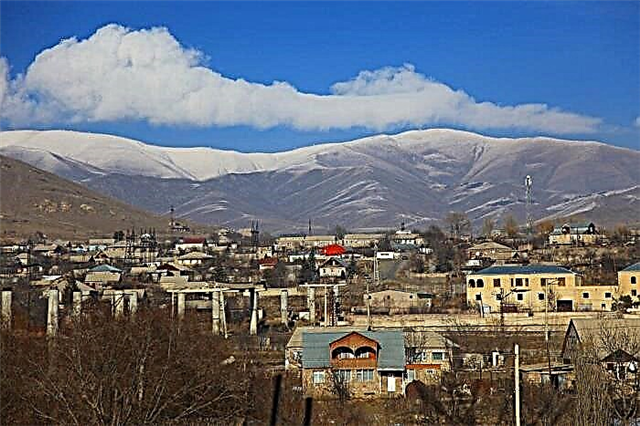
Alaverdi
The first mention of the city dates back to the 3rd century BC. Several archaeological sites have survived since ancient times. The Sanahin monastery complex was built in the X-XIII centuries. The bridge on the Debed River has existed since the 12th century. After the Great Patriotic War, a memorial was erected in the city in memory of the fallen soldiers. Currently, industrial enterprises are the basis of the city's economy.
Population - 12 800 people (2018).

Stepanavan
Resort town. Located in the mountains among the coniferous forest. Trees release essential oils into the air that have bactericidal properties. Such air is especially useful for people with respiratory diseases. For the development of medical tourism in the city, they are equipping the necessary infrastructure. Near the city are the ruins of the Berd fortress of the 12th century and the remains of a stone bridge from the 13th century.
Population - 12,500 people (2018).

Vardenis
Located in the historical region of the country near Lake Sevan. It contains the largest gold deposit in Armenia. The attraction is the church of St. Theotokos. It was built in the 9th century, later destroyed and rebuilt in the 19th century. The church is surrounded by gravestones and khachkars of the XIV-XVII centuries. Around the city there are ancient burial grounds, which are several thousand years old.
Population - 12,500 people (2018).

Lead
On one side of this city there is a river, on the other side there is the Goravan Desert with an area of 3 km². The territory of the desert is a state sanctuary; animals typical of this area live here. It is difficult to get to Vedi - there are only 4 bus routes from other settlements. Therefore, most tourists drive past to other attractions in the region.
Population - 11 700 people (2018).


